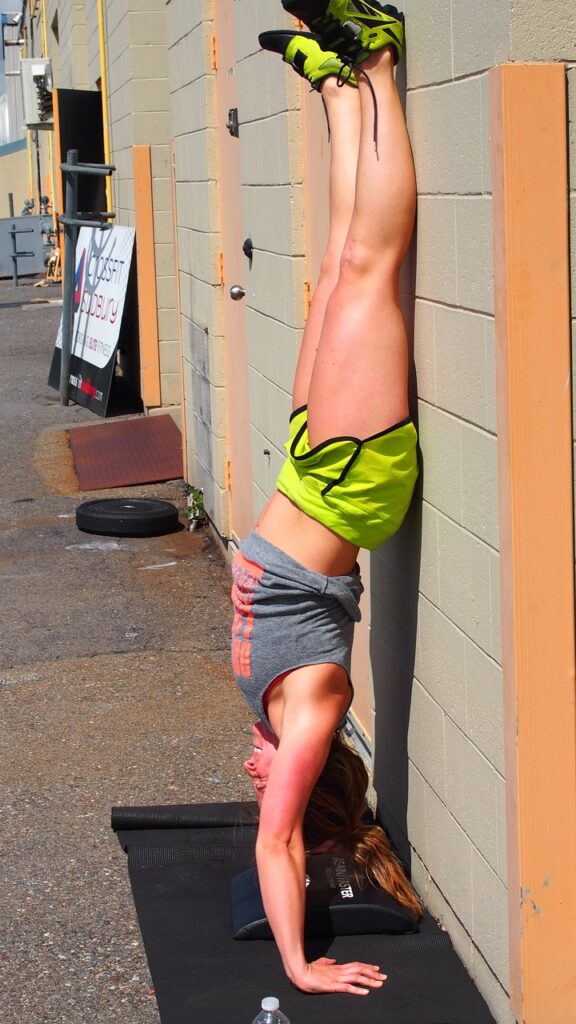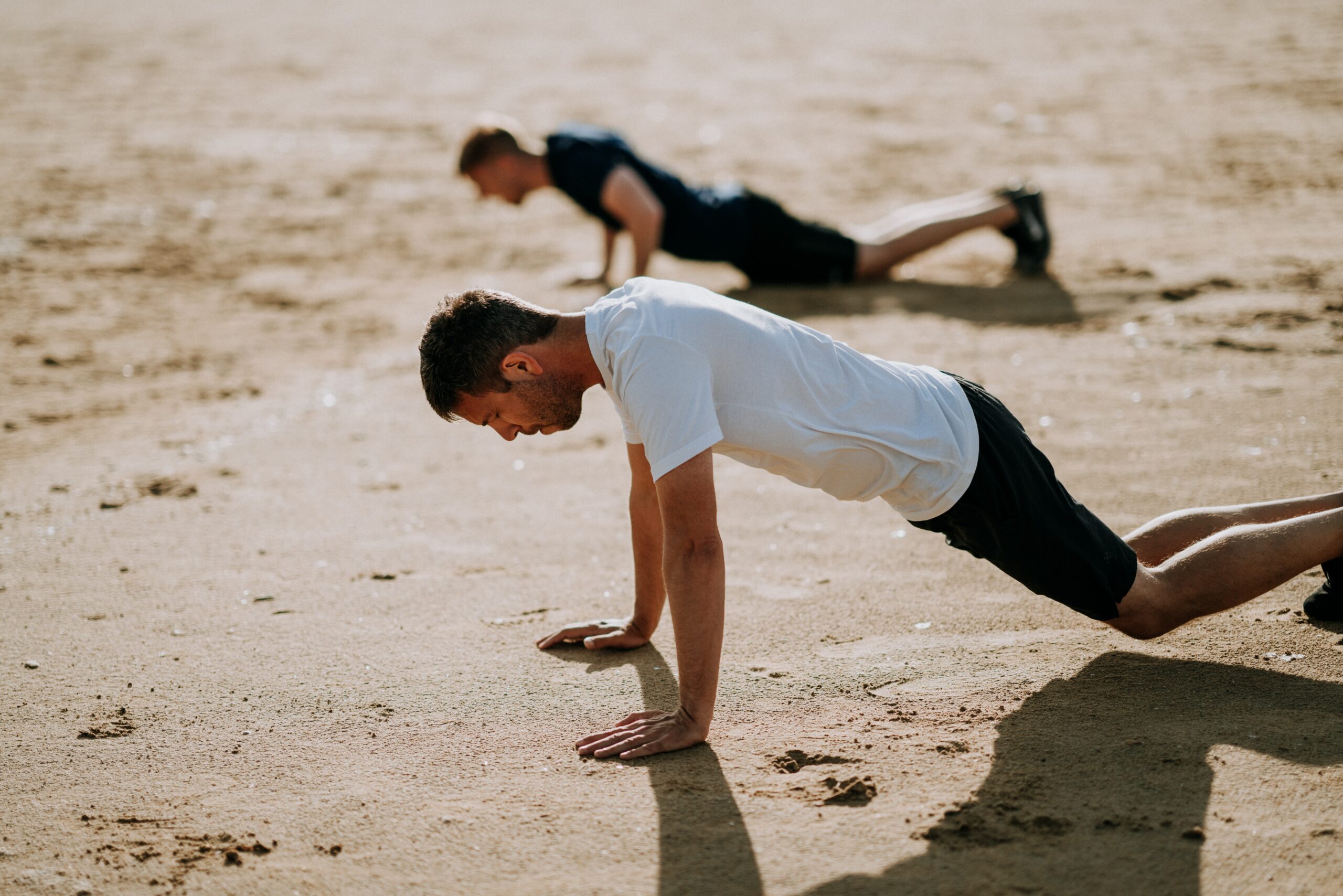If you have already read the Starting Calisthenics section you should know that bodyweight training is a form of exercise that emphasizes on functional movements and using one’s body as the primary resistance. It offers numerous benefits such as improved strength, flexibility, and overall fitness. However, starting calisthenics can be challenging and you may get discouraged very fast. In this blog post, we will give you the beginner’s guide to calisthenics by exploring some of the difficulties beginners may encounter when starting their journey and provide insights on how to overcome them.
Lack of Strength and Endurance
It is of course expected that when you start calisthenics you are lacking the necessary strength and endurance to do many calisthenics movements. Pull-ups, push-ups, and handstands require a certain level of upper body and core strength, as well as balance which may not be initially present. But do not discourage!
Solution: Patience and Slow Progression
Starting slowly and progressively is crucial for building strength and endurance in calisthenics. Begin with foundational exercises that target major muscle groups, such as squats, lunges, and planks. Focus on proper form and gradually increase the number of repetitions and sets as your strength improves. If you are starting calisthenics without the help of a trainer, try to find YouTube videos that show alternative ways of doing an exercise if you are a beginner. Lastly, do not forget to incorporate rest days into your routine to allow your body to recover and adapt.

Limited Range of Motion and Flexibility
Flexibility plays a vital role in calisthenics, as many movements require a full range of motion. Tight muscles and limited flexibility can hinder progress and increase the risk of injury. Beginners often struggle with achieving the necessary mobility for exercises like deep squats, bridges, and overhead movements.
Solution: Incorporate Stretching and Mobility Work
To address flexibility limitations, it is crucial to incorporate regular stretching and mobility exercises into your calisthenics routine. Dynamic warm-ups, such as arm circles, leg swings, and hip rotations, can help increase blood flow and improve joint mobility. Additionally, dedicated stretching sessions targeting major muscle groups, like hamstrings, hips, and shoulders, will gradually enhance your range of motion.
Mental Barriers and Fear of Failure
Starting something new can often be accompanied by self-doubt and fear of failure. This is especially true in calisthenics, where movements like handstands, muscle-ups, and planches can appear daunting to beginners. Overcoming these mental barriers and developing the confidence to attempt challenging exercises is a significant hurdle.
Solution: Set Realistic Goals and Track Progress
Setting achievable goals and tracking your progress can significantly boost your confidence and motivation. Break down complex movements into smaller, manageable steps, and celebrate every milestone along the way. Remember that progress takes time, and perseverance is key.
Starting calisthenics can be both physically and mentally demanding, but the journey is rewarding. By acknowledging the difficulties beginners face, such as the lack of strength, limited flexibility, and mental barriers, you can better prepare yourself for the challenges ahead. By following a progressive training plan, incorporating stretching and mobility exercises, and cultivating a positive mindset, you will be well on your way to mastering calisthenics and unlocking your full potential.
